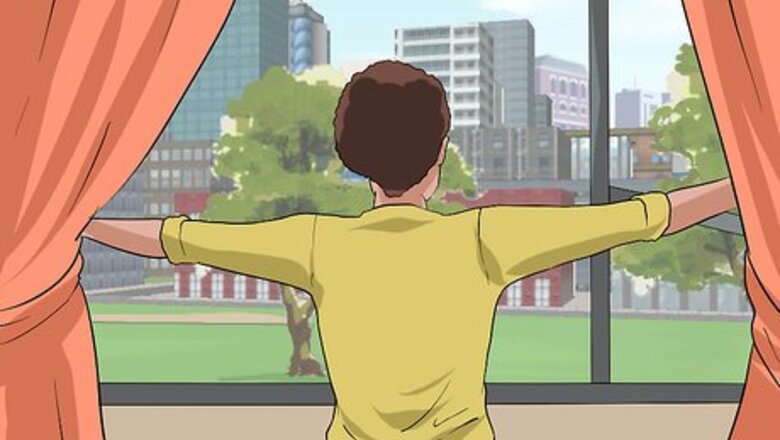
views
Creating Warmth in the Room
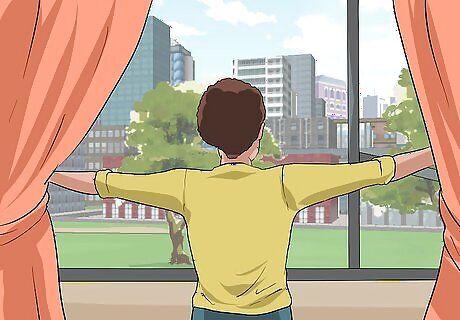
Let the sun in. If it is a nice sunny day, especially one where the sun shines into the room, leave the curtains open for some natural light and heat. The natural light will be good for your baby, and cost you less money than running various heating appliances. If there are tree branches in front of your windows, consider trimming them to let more light into the room—as long as the trees are on your property.
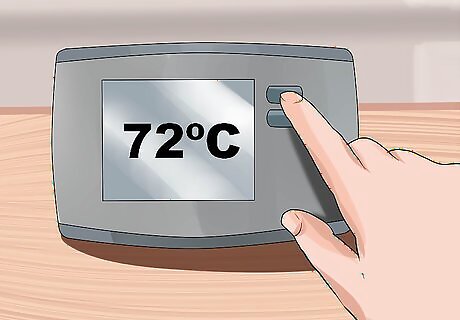
Increase your thermostat slightly. The temperature in your baby's room should be warm enough for a lightly clothed adult, around 70 to 72 degrees. This will probably be a little bit higher than you have it around the rest of your house, which is okay. Having a thermostat in the baby's room is a good option because it will help to regulate the temperature in the room, and prevent it from getting too warm.
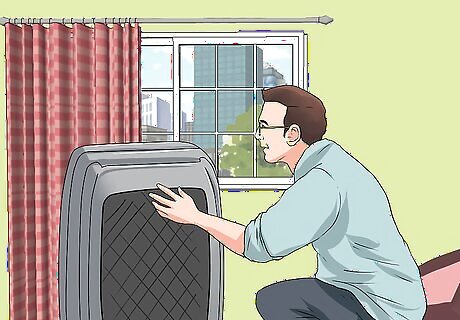
Heat up the room with a space heater. If you need some heat quickly, say the room is really cold, you can consider using a space heater. If you do use a space heater in the room, make sure it is at least 3 feet away from anything that could burn, and that you turn it off when you leave the room or the baby is sleeping. Make sure that your baby doesn't get near the heater, as it can burn skin very easily.
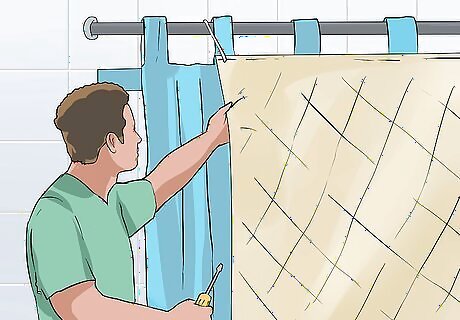
Install insulating curtains. Thermal, or insulating, curtains are another good way to keep warm air in your baby's room. Attach the curtains as close as you can the windows, and let them fall onto the windowsill, or even the floor. Make sure you close them at night to prevent heat from escaping through the window.
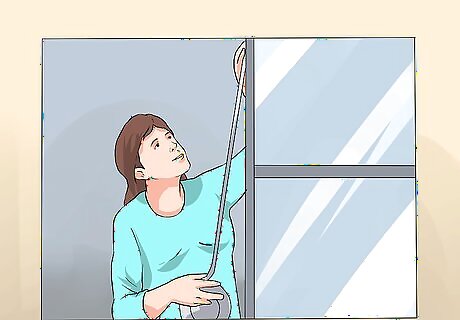
Seal the windows. Leaky windows will let heat escape and cold air in, making your baby's room colder than it needs to be. Plus, you'll be spending extra money on heating as you try to keep the temperature up. Attach weather stripping, caulk, or other sealants to your windows to keep warm air in the room, and drafts out. If possible, you should also replace old, drafty windows with new, sealed ones.
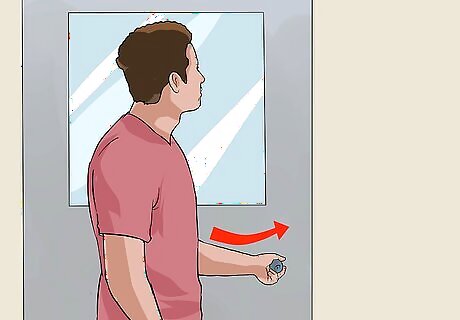
Close the door. Once you have some way of heating the room, you can help trap the heat in the room by closing the door. This will keep the baby's room particularly warm, especially nice if you like it a little cooler in the rest of the house. You'll also save a little money if you are using a space heater or something similar, as it won't need to work as hard to heat the enclosed area.
Keeping Warm in the Crib
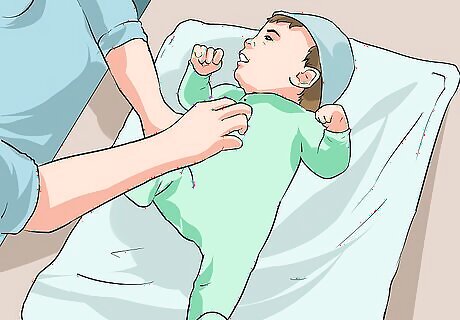
Clothe your baby's whole body. When you put your baby down to sleep, make sure he or she is fully covered. One-piece sleeper pajamas with feet and a skullcap should be enough to keep your baby warm while sleeping. If you want an extra layer, include a onesie or undershirt under the pajamas.
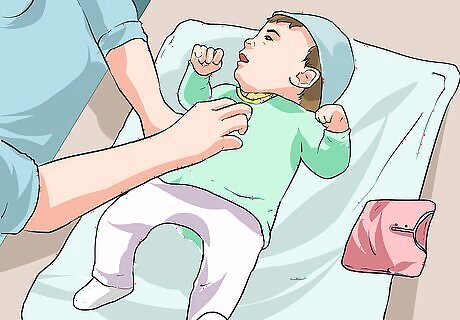
Layer your baby's clothing. Several thin layers of clothing should help keep your baby warm, and if your baby starts to overheat, they are easier to remove. A good rule of thumb is to give your baby one more layer of clothing than an adult would wear at the same temperature.
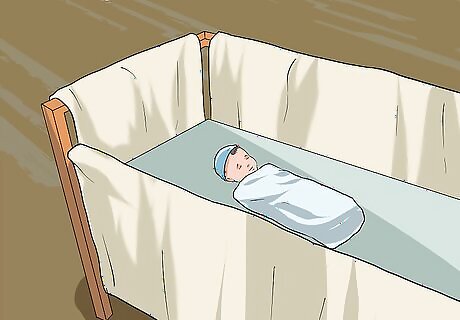
Use a blanket in the crib. Another way to keep your baby warm in the crib is to include a blanket while he or she is sleeping. Just be sure to tuck the blanket into the mattress so it doesn't come loose or make the mattress uneven. Loose blankets are dangerous to a sleeping baby. Therefore, you should just have one blanket for your baby's crib. Use a fitted flannel sheet for the crib, especially during the winter. Flannel is a nice, thick material that holds heat well.

Warm the bed before putting your baby in it. If the room is still warming, your baby's bed may be a bit cool before you put him or her into it. If that's the case, you can use a hot water bottle, heating pad, or microwaveable bag. Let it sit on the bed for a few minutes to get everything warm. Just remember to remove it before you put your baby down.
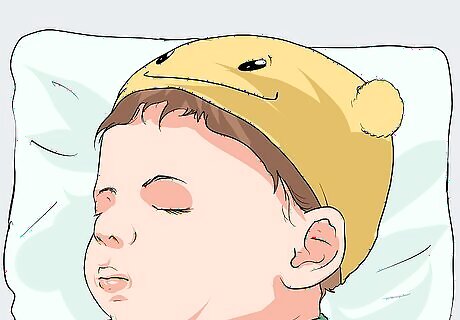
Check your baby for signs of overheating. Once you have gotten the room to a nice temperature, you'll still need to keep an eye on your baby to make sure he or she stays comfortable while in the room. Don't be afraid to touch your baby's chest, back, and abdomen to track the temperature. Keep an eye out for the signs of overheating, and if you notice them, remove clothing, turn off heaters, and find other ways to cool down the room. An overheated baby will be damp or moist from sweat, especially on their head, back, and chest. The baby may also have red ears, a rapid pulse, and maybe even a fever.
Helping Your Infant Sleep Safely
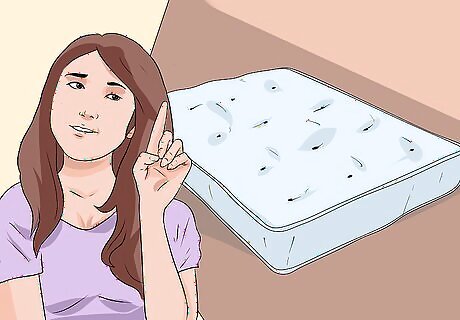
Use a firm mattress with thin, tight sheets. A loose sheet or blanket can be a choking hazard. If you do use one, make sure it is tightly tucked under the mattress, and reaches up to the baby's chest. Always be careful about keeping things away from the baby's head. Softer mattresses can get bunched up, creating gaps that the baby can get stuck in. If your baby sleeps in a playpen, the mattress should be thin. A thick mattress could pose a suffocation hazard.
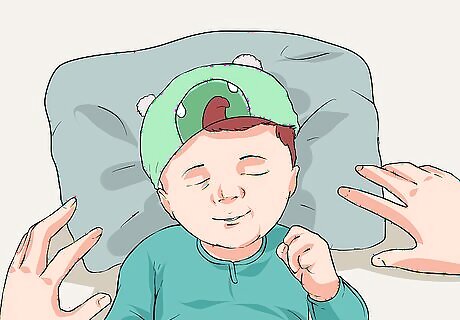
Place baby on his back. Whenever the baby is sleeping, he needs to be on his back to allow clear breathing. This position drastically reduces the chances of sudden infant death syndrome (SIDS). Research is limited on why this is the case, but it is believed that an infant sleeping on his stomach will get less oxygen because he is “rebreathing” the air from around the nose.
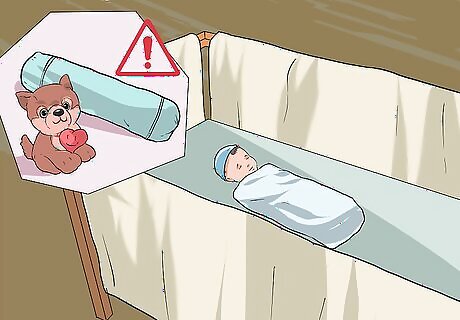
Keep extra items out of the bed. This means extra pillows, blankets, and toys, especially if the child is 4 months and younger. On the soft mattress, these items can roll around and cover or hurt the baby. Don't hang any toys from the side of the crib that are loose or that have protruding parts.Your could use these to climb out of the crib. Also, avoid toys with dangling parts that your baby could detach and choke on. If your baby is sleeping in another carrier, like a car seat, do not put the carrier into the crib. It could flip over and hurt your baby. If your baby needs to have their head lifted while they sleep, talk to your pediatrician about how to safely raise the mattress.
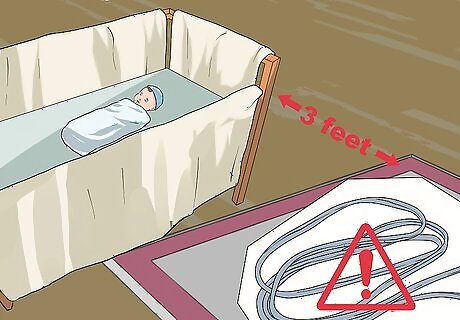
Keep any cords away from the crib. Cords are dangerous, as children can tug, pull, and climb on them. The cords can also wrap around their necks and strangle them. Keep the baby's crib or bed away from corded window coverings, as well as electrical wires for things such as lamps, baby monitors, and night lights. Get cordless equipment whenever possible. If you can't get items without cords, make sure the crib is at least 3 feet away from any cords.



















Comments
0 comment